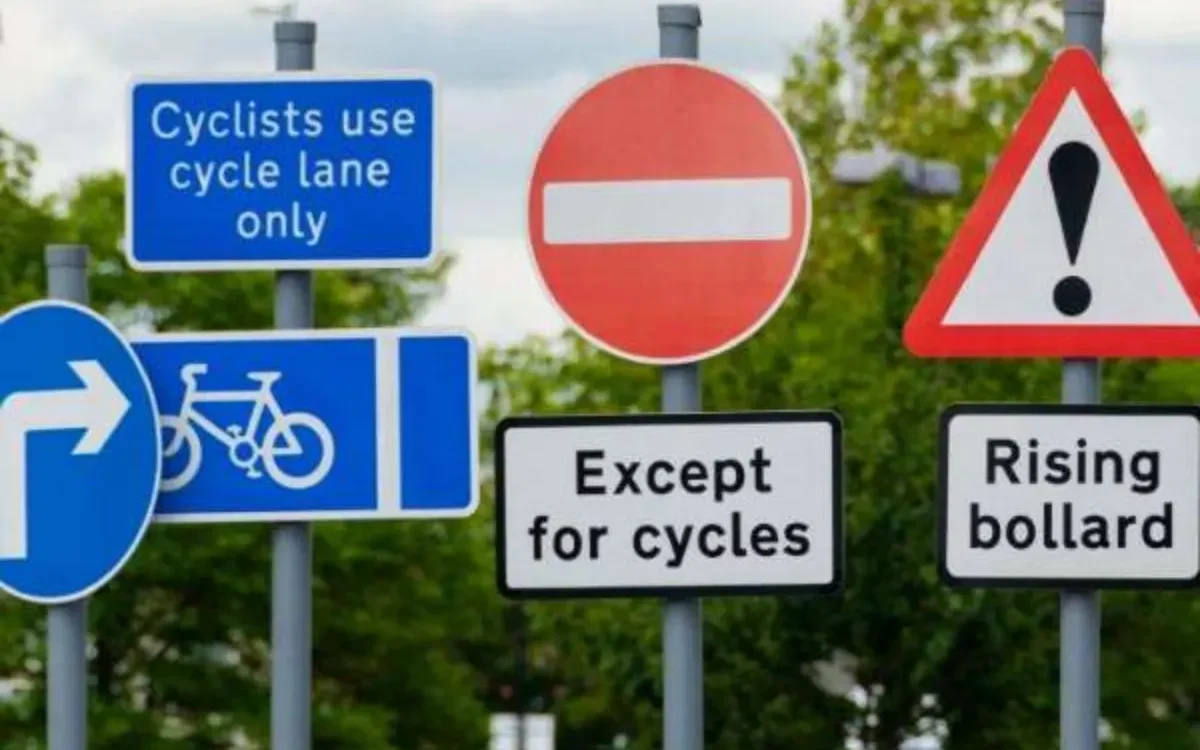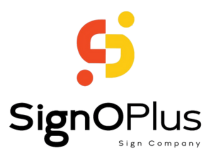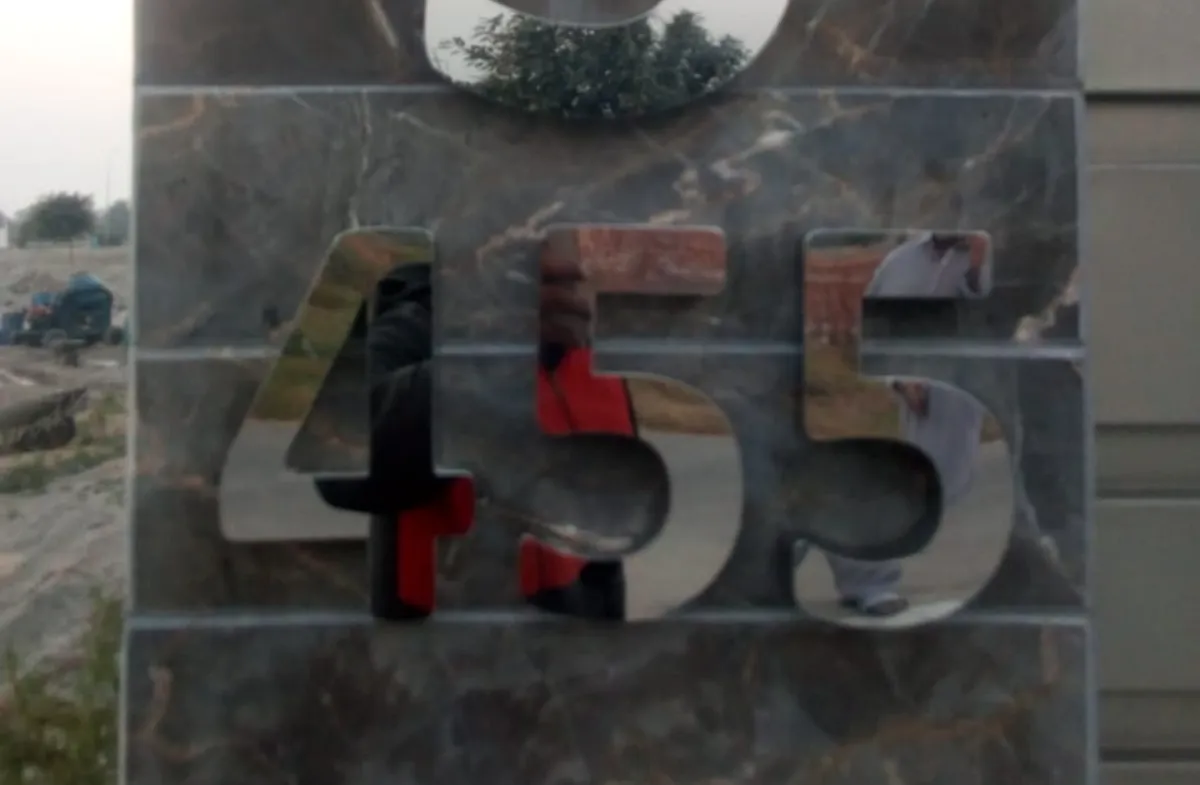
Complete Guide to Traffic Sign Boards Installation & Setup in 2025
Traffic sign boards, evolving from simple markers in the early 1900s to today’s digital displays, are vital for road safety and navigation. In 2025, advancements in smart technology and sustainable materials are transforming their installation and setup. This guide offers a step-by-step approach to installing traffic sign boards, covering types, regulations, planning, maintenance, and cutting-edge trends. Whether you’re a contractor, municipal planner, or business owner, you’ll find practical insights to ensure safe, compliant, and modern installations.
Understanding Traffic Sign Boards
Traffic sign boards come in various types, each serving a specific purpose. Regulatory signs enforce rules, warning signs alert to hazards, and informational signs provide guidance. In 2025, materials like high-reflective sheeting and aluminum ensure durability and visibility. Standardization, guided by manuals like the MUTCD, ensures consistency across regions.
Types and Materials
- Regulatory Signs: Stop, yield, speed limit signs.
- Warning Signs: Curve, pedestrian crossing signs.
- Informational Signs: Directions, distance markers.
- Materials: Aluminum, reflective vinyl, and LED for digital signs.

Legal and Regulatory Requirements
Compliance with regulations is crucial for traffic sign board installation. Key requirements include:
- Permits: Secure approval from local or state Departments of Transportation (DOT).
- MUTCD Compliance: Follow guidelines for size, color, and placement to meet federal standards.
- Safety Standards: Ensure signs are visible, durable, and free from obstructions.
In 2025, regulations may emphasize digital signage and smart technologies, requiring updated permits for IoT-enabled signs. Always check local laws to avoid penalties.
Planning Your Traffic Sign Board Installation
Effective installation begins with careful planning. Consider these steps:
- Site Assessment: Evaluate visibility, traffic flow, and environmental factors like weather or lighting.
- Sign Selection: Choose the appropriate type and size based on road conditions (e.g., urban vs. rural).
- Placement: Position signs at the correct height and distance from the road for optimal visibility.
| Location | Height from Road Surface | Mounting Height Under Sign | Clearance for Safety |
| Urban Areas | 0.70 meters | 2.30 meters | 1.4 meters |
| Rural Areas | 0.70 meters | 1 meter | 2 meters |
Step-by-Step Installation Process
Installing traffic sign boards requires precision and the right tools. Follow these steps for a secure setup:
- Gather Tools: Post digger, level, concrete mix, mounting brackets, and safety gear.
- Prepare Site: Clear debris, mark post locations, and check for underground utilities.
- Install Posts: Dig holes (0.7 meters deep), set posts in concrete, and allow 24–48 hours to cure.
- Mount Signs: Attach signs using brackets, ensuring they are level and secure.
- Align and Test: Use laser-guided tools for alignment and verify visibility from all angles.
For digital signs, additional steps include:
- Connecting power sources, such as PoE++ for up to 90W.
- Setting up network connectivity for real-time content updates.
Maintaining Traffic Sign Boards
Regular maintenance keeps traffic sign boards effective and safe. Key practices include:
- Inspections: Check quarterly for damage, fading, or vandalism.
- Cleaning: Use non-abrasive cleaners to maintain reflectivity.
- Replacements: Replace signs every 5–10 years or sooner if damaged.
Digital signs in 2025 may require firmware updates to ensure seamless operation, especially for IoT-enabled systems.
Traffic Sign Board Technologies in 2025
In 2025, traffic sign boards are embracing innovative technologies:
- Digital Signage: Variable Message Signs (VMS) display real-time updates, like traffic alerts or weather warnings, using high-intensity LEDs.
- Smart Traffic Signs: IoT integration enables remote monitoring and dynamic adjustments, reducing congestion by up to 20% in smart city projects .
- Eco-Friendly Designs: Solar-powered signs and recycled materials lower costs and environmental impact.
- Augmented Reality (AR): Emerging AR systems project sign information onto vehicle displays, enhancing navigation.
These advancements require specialized installation, such as robust network infrastructure and weatherproof enclosures.
Case Studies and Best Practices
Real-world examples highlight effective installation strategies:
- British Columbia Urban Project (2024): MUTCD-compliant signs reduced accidents by 15%, showcasing the value of standardization.
- European Smart City Initiative: IoT-enabled signs cut congestion by 20%, proving the impact of smart technology.
Best Practices
- Use high-reflective sheeting for night visibility.
- Ensure signs are free from obstructions like trees or buildings.
- Regularly update digital signs with the latest firmware.
Common Pitfalls to Avoid
- Incorrect height or placement, reducing visibility.
- Non-compliance with local regulations, risking fines.
- Neglecting maintenance, compromising safety.
Conclusion
Traffic sign boards are critical for safe and efficient roads, and their installation in 2025 combines time-tested methods with innovative technologies. From regulatory compliance to smart signage, this guide provides everything you need to plan, install, and maintain traffic sign boards effectively.
Embrace 2025 trends like IoT and eco-friendly designs to enhance road safety and sustainability. For professional support, contact certified installers to ensure your project meets all standards and delivers lasting impact. If you’re looking for expert traffic sign board installation services in 2025, contact SignOPlus your trusted signage partner for reliable and regulation-ready solutions.
Frequently Asked Questions (FAQs)
Q: What permits are needed for traffic sign board installation?
A: Permits from local or state DOT are required, ensuring compliance with MUTCD and local regulations.
Q: How often should traffic sign boards be replaced?
A: Every 5–10 years, or sooner if damaged. Digital signs may need updates rather than replacements.
Q: Are digital traffic sign boards common in 2025?
A: Yes, they’re widely used for real-time updates and adaptability in smart cities.
Q: How do you properly install a traffic sign post?
A: Start by drilling holes into the surface at the desired location. Once the holes are ready, insert the anchor bolts or screws into them and tighten securely until the fasteners sit evenly with the surface.






